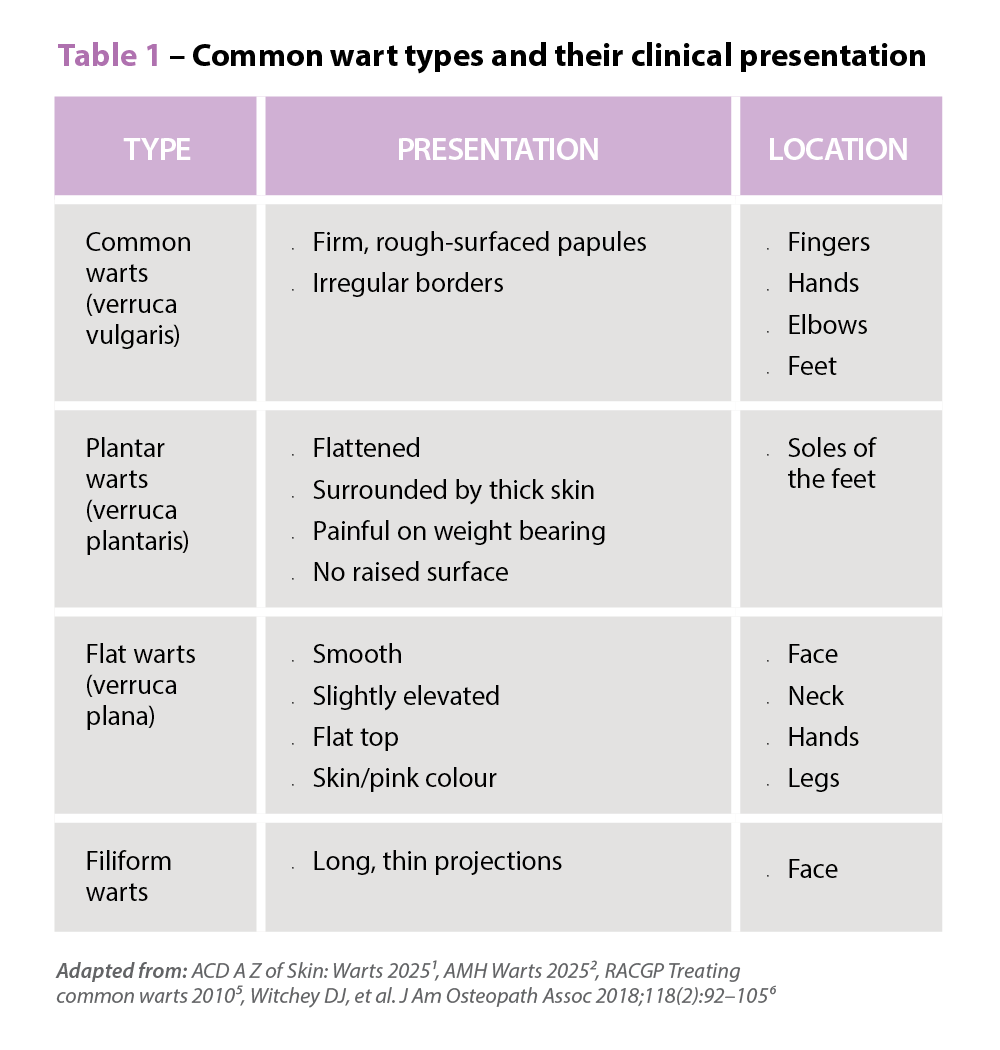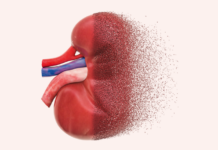For the first time in Australian medicines history, all Queensland-based pharmacists can make the call to substitute a therapeutically appropriate medicine without prescriber authority to solve medicine-related problems.
Australian Pharmacist explains the ins and outs of this momentous change.
What’s changing?
An update to Medicines and Poisons (Medicines) Regulation 2021 (Qld) on 1 July 2025 will allow therapeutic adaptation and substitution to take place where there is a theraputic need for change.
Under section 117B of the regulation, a pharmacist dispensing a medicine may substitute an equivalent medicine for the one specified on the prescription – provided this is reasonably necessary for the patient’s therapeutic care.
An equivalent medicine is one that:
- appears on the Therapeutic Goods Act 1989 (Cwlth) register for the same indication as the original medicine
- is supplied in a dose and for a duration of treatment intended to achieve a therapeutic effect equivalent to that of the original medicine
- shares the same, or a substantially similar, chemical composition or pharmacological mechanism of action as the original medicine.
However, certain restricted medicines or those that have a risk of diversion may not be substituted.
What was the reason behind the decision?
Professional bodies such as PSA and the Pharmacy Guild of Australia advocated to Queensland Health to bring about this significant change, said PSA Queensland State Manager, Karen Castle MPS.
‘PSA advocated for this strongly in our submission to the consultation on the amendments to the medicines and poisons regulation,’ she said. ‘These activities are well within the scope of any pharmacist, and we shouldn’t have to do any additional training to be able to do this.’
And the benefits are myriad.
‘Patients benefit by having their medicine-problem resolved on-the-spot in the pharmacy, taxpayers benefit in reduced Medicare billing, and pharmacists benefit via increased autonomy,’ Ms Castle said. ‘But it does come with increased accountability.’
When is it appropriate to substitute a medicine?
Dispensing an equivalent medicine can only take place when a therapeutic need arises, for example:
- patient-specific factors that may compromise the intended therapeutic effect of the prescribed medicine
- the prescribed medicine can’t be obtained within a reasonable timeframe to initiate or continue therapy.
For example, if a patient comes in with a prescription for atorvastatin 40 mg daily – which is not available at the pharmacy and cannot easily be sourced from another – pharmacists could supply rosuvastatin 20 mg daily. This approach will ensure an equivalent therapeutic effect in terms of the expected percentage reduction in LDL cholesterol.
Pharmacists can also therapeutically adapt a prescription for a medicine – altering the dose, strength, directions and/or quantity to maintain an equivalent therapeutic effect for the same treatment duration.
For example, if a patient is finding it challenging to comply with twice-daily dosing of metformin 500 mg tablets (quantity 100), pharmacists can amend the script to ‘metformin 1,000 mg extended-release, take one tablet in the morning (quantity 50)’.
When should substitution not occur?
There are certain medicines with similar mechanisms of action that are not considered therapeutically equivalent and therefore cannot be substituted.
For example, cefalexin and cefaclor for the treatment of a urinary tract infection.
As first and second generation cephalosporins respectively, these medicines have different spectra of activity. They therefore shouldn’t be considered therapeutically equivalent.
What about PBS medicines?
Medicines substituted by pharmacists are not covered under the Pharmaceutical Benefits Scheme (PBS). That means patients will need to pay full price.
What are pharmacists’ obligations?
Pharmacists must take enough time to determine that the substitution is appropriate, equivalent and safe for the individual patient.
‘Many adaptations are straightforward and common sense. For example, substituting two 500 mg tablets with one 1,000 mg tablet dose. But some adaptations are more complex,’ Ms Castle said.
Understanding and calculating dose equivalence will be critical for pharmacists to master. Tackling any potential contraindications with other medicines or conditions is also key. And this may be trickier for some medicines, even if they are in the same class, said Peter Guthrey, Senior Pharmacist – Strategic Policy at PSA.
‘For example, if someone has a script for rosuvastatin, which doesn’t interact with grapefruit juice, and then you substitute it for simvastatin which does – you need to work through that before supplying the medicine,’ he said. ‘And if it turns out the patient is also taking another medicine that interacts with simvastatin but doesn’t interact with rosuvastatin, you need to work through that as well – and then you consider substituting with simvastatin.’
It’s also essential to obtain informed consent from patients before making a substitution.
‘The patient has to understand that change and must agree to it,’ Mr Guthrey said.
Equally, patients or other health professionals cannot compel pharmacists to make a substitution under this regulation.
‘Ultimately, you are an autonomous decision maker with respect to therapeutic substitution and adaptation. You must be satisfied the change is safe and appropriate for the patient,’ he said. ‘You are under no obligation to make the adaptation. But you do now have a new option to problem-solve with the patient and provide more effective care.’
What documentation is required?
Prior to dispensing an equivalent medicine, pharmacists must amend the prescription in accordance with the requirements in section 117B.
Pharmacists are also required to make clinical notes about the substitution, Mr Guthrey said.
‘Attaching it to the dispensing record in the dispensing system is the best way to do this,’ he said.
But because pharmacists will have increased accountability, patient records must describe the rationale for why the pharmacist has made this decision.
Should pharmacists opt to make a therapeutically appropriate substitution, they must notify the prescriber after the fact, Ms Castle said.
‘Pharmacists are also required to document the details of this professional communication, including the means used to contact the prescriber,’ she added.
Where can pharmacists turn for support?
The PSA will hold a member briefing for Queensland-based pharmacists to explain the finer details and practice applications.
For those in other states and territories, this is a change PSA will continue to advocate for across the nation, Mr Guthrey said.
‘As it becomes normal practice in Queensland, we would hope that other states and territories will see the benefits,’ he said.
Stay tuned for details on the upcoming member briefing.




 Symptoms
Symptoms













